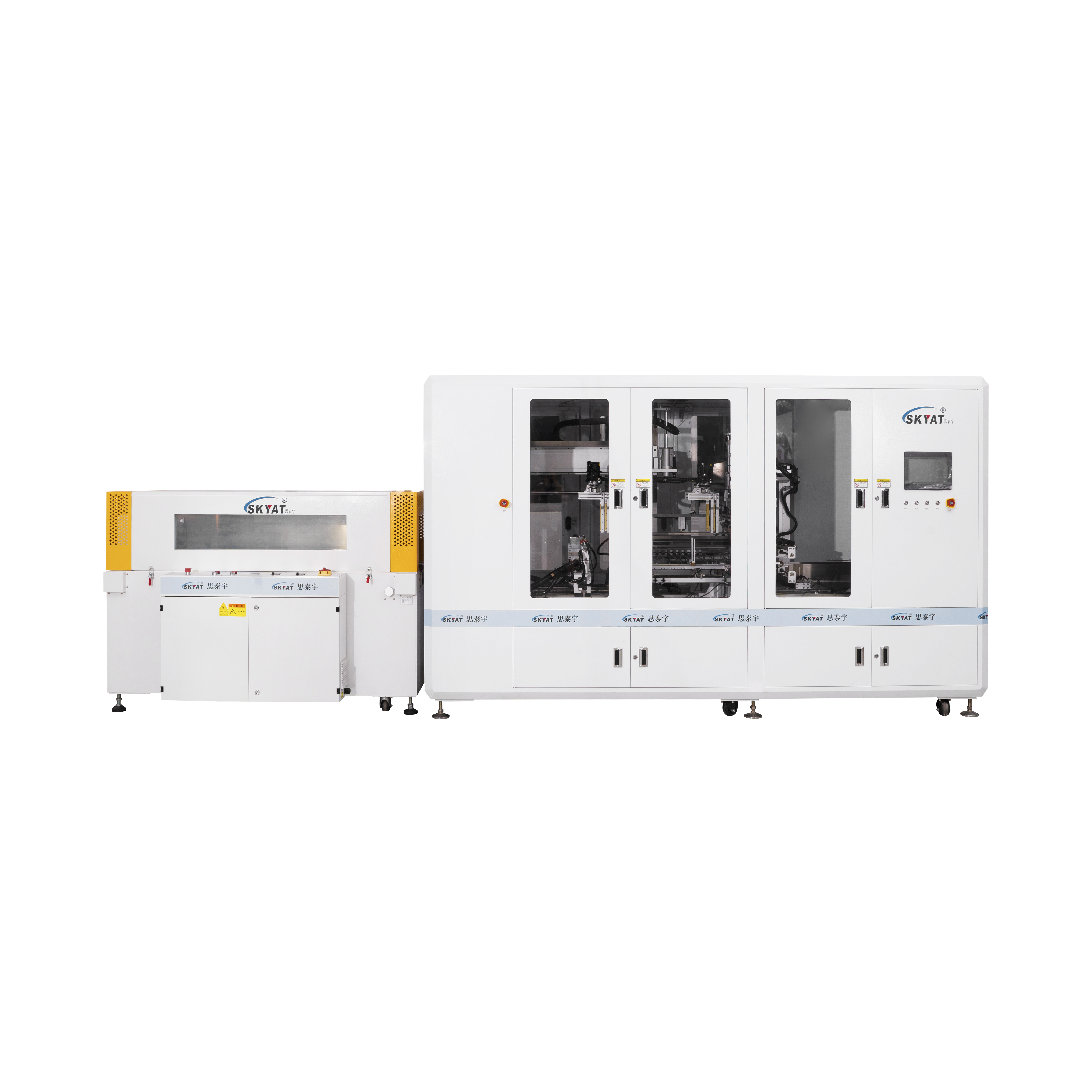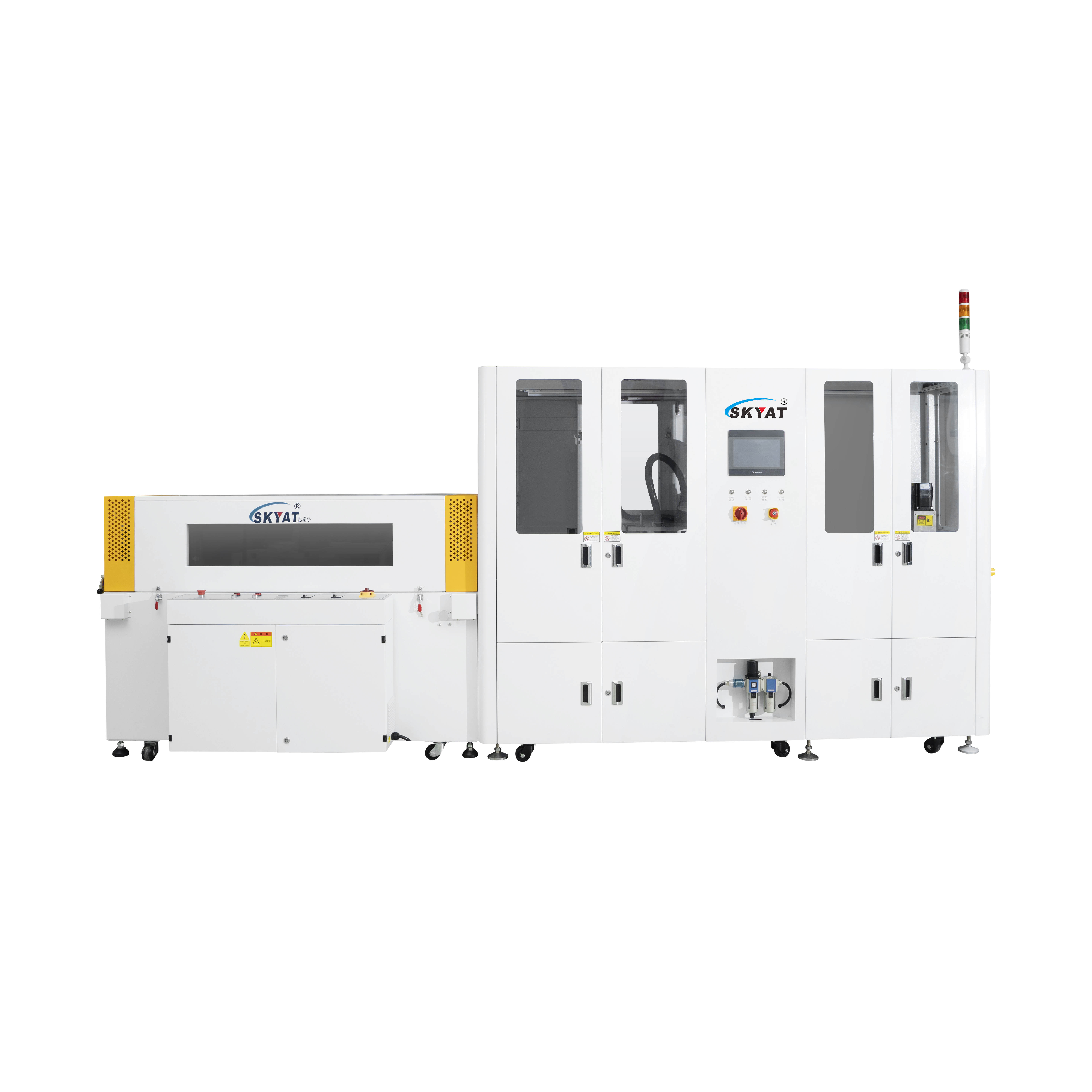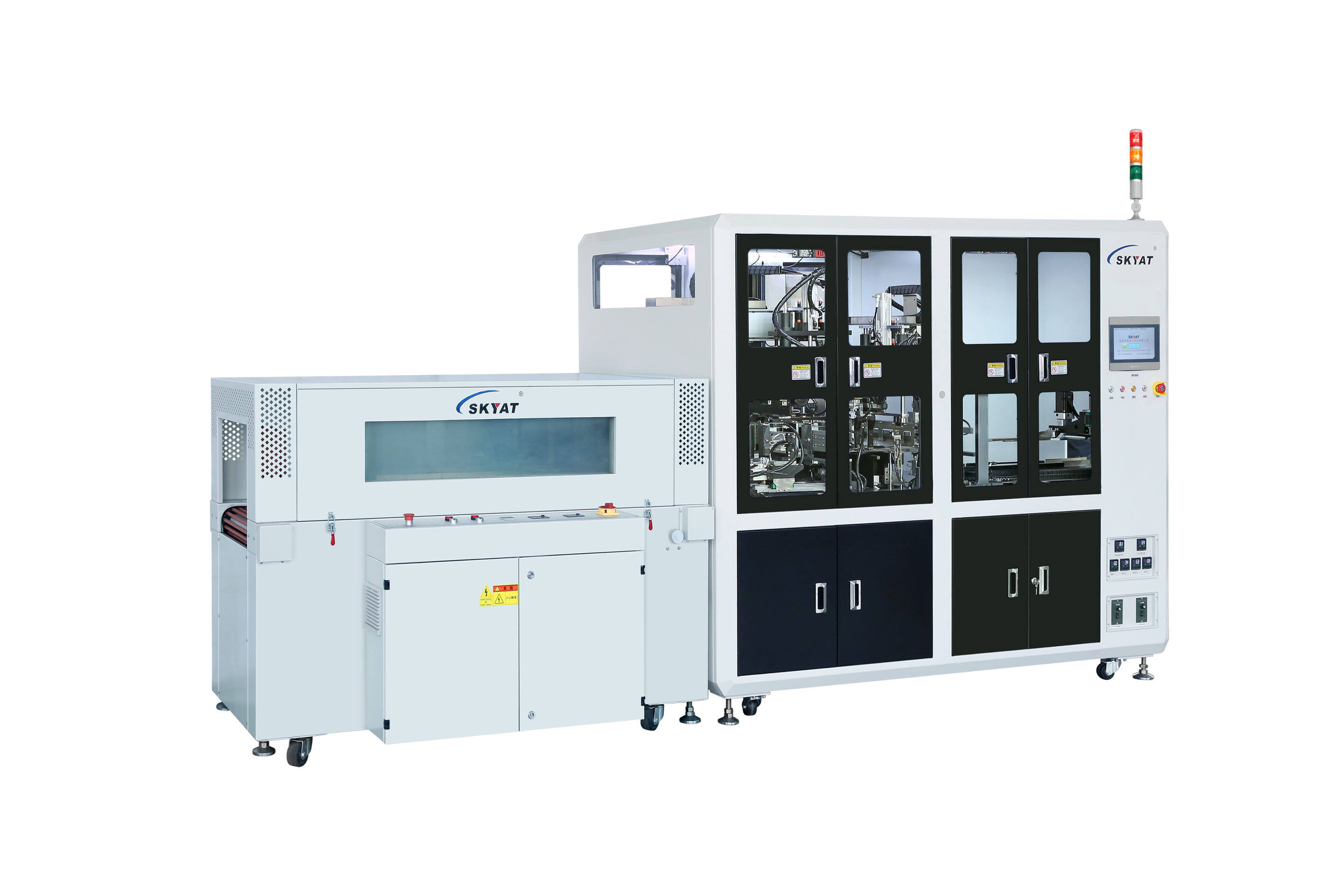Understanding how a shrink wrap machine works is essential for businesses looking to implement efficient packaging processes across industries such as electronic manufacturing, food production including tea, pharmaceuticals, and automotive. These machines operate on a straightforward yet effective principle, using heat to shrink a plastic film around a product, creating a tight, protective seal. The process involves several key stages, each designed to ensure consistency, speed, and quality, regardless of the product type or industry application. The first step in the process is product feeding. Products are placed on a conveyor belt, which transports them through the machine. In manual setups, operators load items individually, while automated systems use robotic arms or feeders to handle high-volume production, such as in game console manufacturing or clothing packaging lines. The conveyor speed is adjustable, allowing businesses to match the pace of their production line—slower speeds for delicate items like smart electronics components and faster speeds for robust products like steel parts. Next, the product is wrapped in shrink film. The film, typically made from materials like PVC, PE, or POF, is dispensed from a roll and positioned around the product. In some machines, the film is formed into a tube around the product using a sealing bar, which creates a vertical seal. For irregularly shaped items, such as drone components or ceramic pieces, the film may be draped over the product before being sealed on both ends. The type of film used depends on the product’s needs—anti-static film for electronics, sterile film for pharmaceuticals, and eco-friendly film for new energy brands. Once the product is wrapped, it enters the shrink tunnel, the heart of the machine. The tunnel uses heating elements—usually infrared heaters or hot air blowers—to apply controlled heat to the film. The heat causes the film to shrink, conforming tightly to the product’s contours. The temperature and duration of heat exposure are carefully calibrated based on the film type and product size; too much heat can damage sensitive items like healthcare products, while too little heat results in loose, ineffective wrapping. After exiting the shrink tunnel, the product passes through a cooling zone, where fans or ambient air cool the film, setting it in place. This final step ensures that the wrap remains tight and secure, preventing loosening during handling or transportation. Quality control sensors may be integrated into this stage to detect any defects, such as incomplete shrinking or torn film, allowing for immediate removal of substandard packages. Modern shrink wrap machines often include advanced features that streamline the process, such as digital controls for precise temperature adjustment, automatic film tensioning, and sensors that detect product dimensions to adjust settings automatically. Whether used for small-scale tea packaging or large-scale automotive part production, understanding how these machines work helps businesses optimize their packaging processes, reduce waste, and ensure product safety.




Copyright © 2025 By Skyat Limited. - Privacy policy